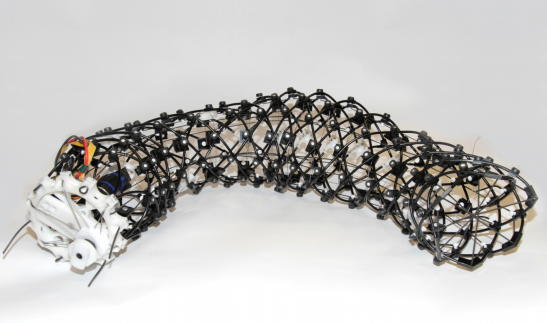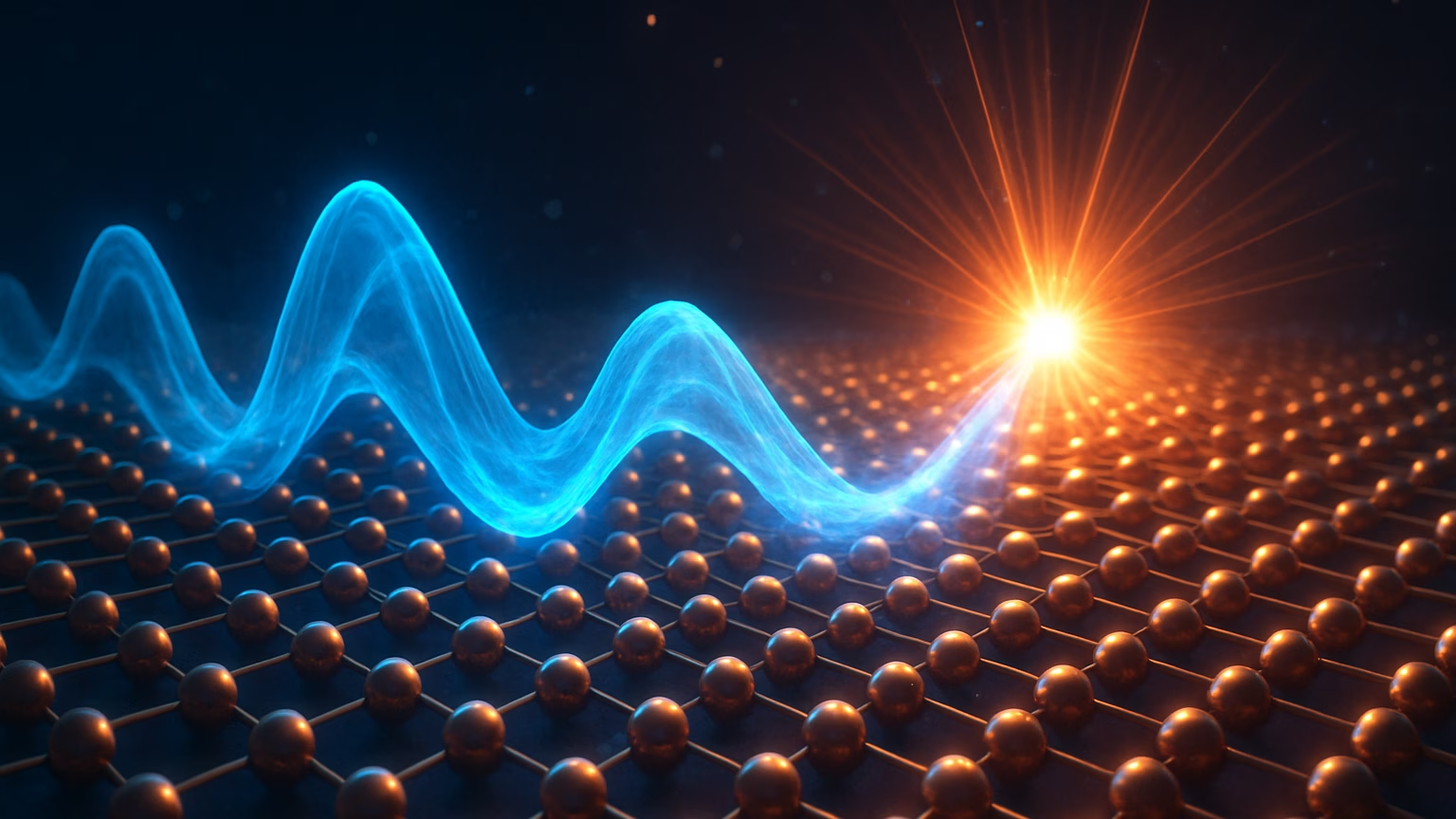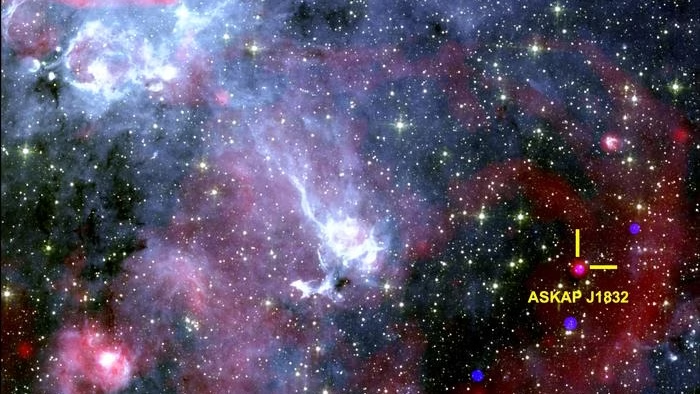From Superinnovators 30/10/23. This article is in TLDR (Too Long Didn’t Read) format which is popular in the innovation community and provides a bullet summary of information.
- Introduction: Worm-bots, inspired by the natural locomotion of earthworms, represent a new generation of soft robots designed to navigate through tight spaces and offer a myriad of applications.
- Biological inspiration: Earthworms utilize a type of movement called peristalsis, contracting and expanding their body segments sequentially (bulge wave). This form of locomotion is particularly effective in constrained environments.
- Mechanical implementation: Unlike traditional worm-like robots, the Worm-bots developed since 2012 by the Biologically Inspired Robotics group at Case Western Reserve University use a continuously deformable outer mesh. This mesh interpolates the body position between discrete actuators, allowing for a more fluid and natural movement.
- Design and construction: The Compliant Modular Mesh Worm (CMMWorm) developed in 2015 uses a compliant mesh actuated at modular segments to create waveforms along its body, replicating the peristaltic motion of earthworms. The modular design, constructed from 3-D printed and commercially available parts, allows for easy customization and adaptability.
- Control and movement: The Worm-bot’s movement is controlled by an artificial neuronal controller, enabling it to generate various waveforms across its body. This design allows the robot to mimic the diverse range of movements an earthworm can achieve.
- Applications: Potential applications for Worm-bots range from medical endoscopies, offering a safer and less painful tool, to industrial uses such as pipe inspection, burrowing, or exploration in search and rescue missions.
- Future prospects: As the understanding of peristaltic motion deepens and the technology behind Worm-bots advances, these robots hold the promise of revolutionizing various fields, combining the flexibility of soft robots with the precision of conventional robotics.


More info
https://engineering.case.edu/groups/biorobots/continuous_wave_peristaltic_motion
https://ieeexplore.ieee.org/document/6224805
https://gizmodo.com/the-earthworms-surprising-superpowers-inspired-this-bio-1738159166



